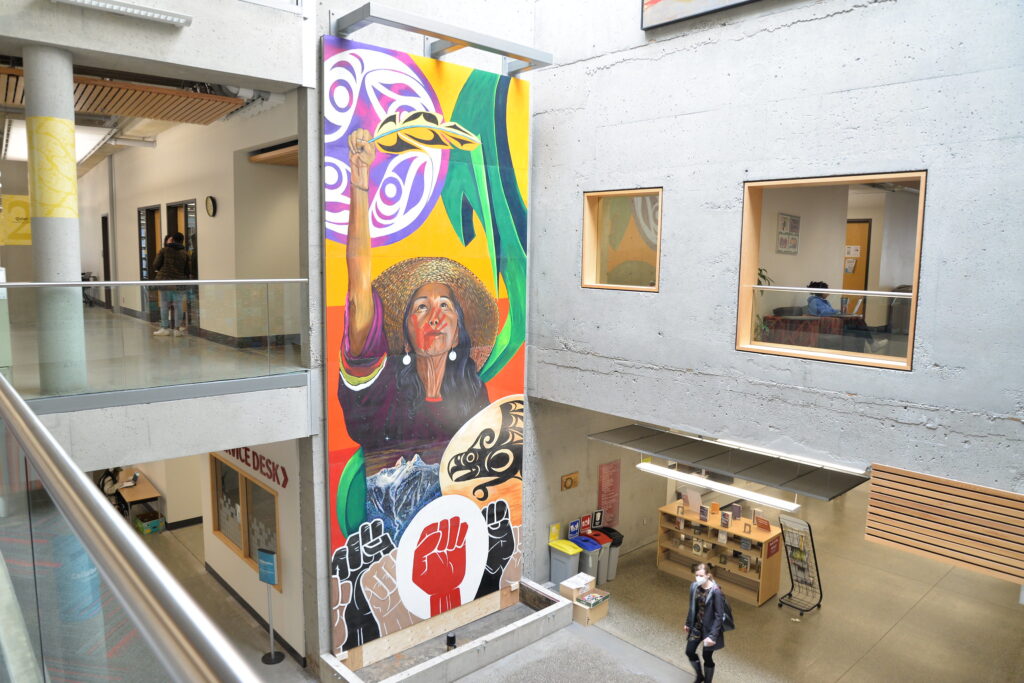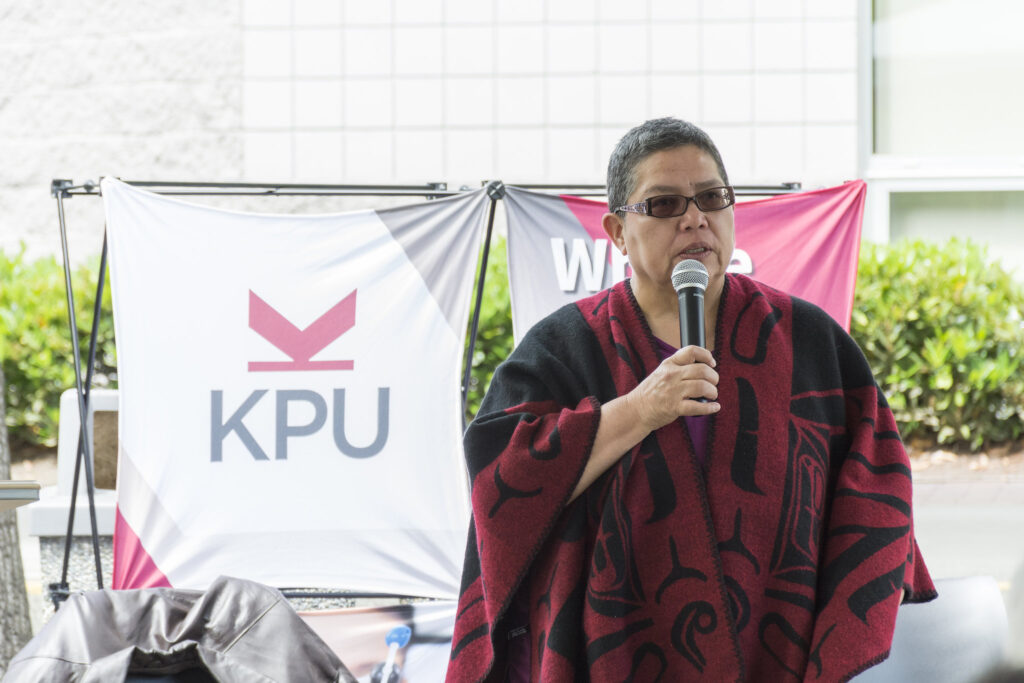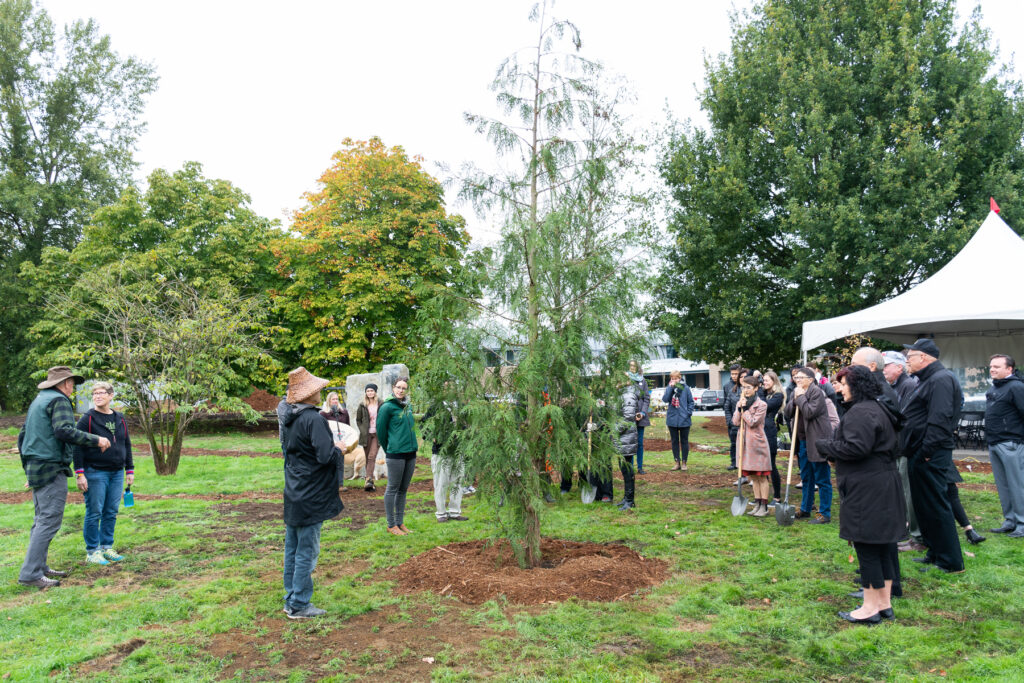Headwaters
Get started on this work, including territorial acknowledgements, cultural safety, Braiding Sweetgrass, Elder Lekeyten, and key resources.
River
Stretch your learning, reflect on your biases, engage with the xéʔelɬ Pathway to Systemic Transformation, learn on the land, and being a good ally.
Ocean
Deepen your work in decolonization with ideas and resources such as relational teaching, anti-racism, books, and professional development.
This guide provides inspiration and resources for decolonizing educational practices relevant to teaching, learning, and being in good relation with Indigenous Peoples and the land, and aims to create a welcoming and respectful learning environment for Indigenous students.
Intention
Developed in collaboration with local Indigenous post-secondary educators and knowledge keepers, this guide serves as a comprehensive resource on responding to the Calls to Action outlined by the Truth and Reconciliation Commission and the xéʔelɬ KPU Pathway to Systemic Transformation. As settlers, we acknowledge and reflect upon the fact that we bring implicit biases and we engage in this work by honouring Indigenous perspectives, knowledge, and cultural practices. This guide amplifies Indigenous voices, and encourages the four R’s of Respect, Relevance, Reciprocity, and Responsibility. There is also support provided for multiple ways of learning and teaching, such as reflective, experiential, and place-based education.
This site offers valuable ideas, resources, and guidance that emphasize the diverse perspectives and worldviews of Indigenous Peoples. This diversity enriches our understanding and approach to reconciliation, ensuring that responses are respectful and inclusive of all Indigenous voices. This guide was made for Kwantlen Polytechnic University in British Columbia, whose five campuses are located on the traditional territories of seven First Nations: qw̓ ɑ:nƛ̓ ə̓ n̓ (Kwantlen), xʷməθkʷəy̓əm (Musqueam), qi̓ cə̓ y̓ (Katzie), SEMYOME (Semiahmoo), scə̓ waθən (Tsawwassen), qiqéyt (Qayqayt), and kwikwəƛə̓ m (Kwikwetlem). All of these nations have significant connections with the local watershed, and reflect the vast diversity of First Nations peoples and languages in BC.





